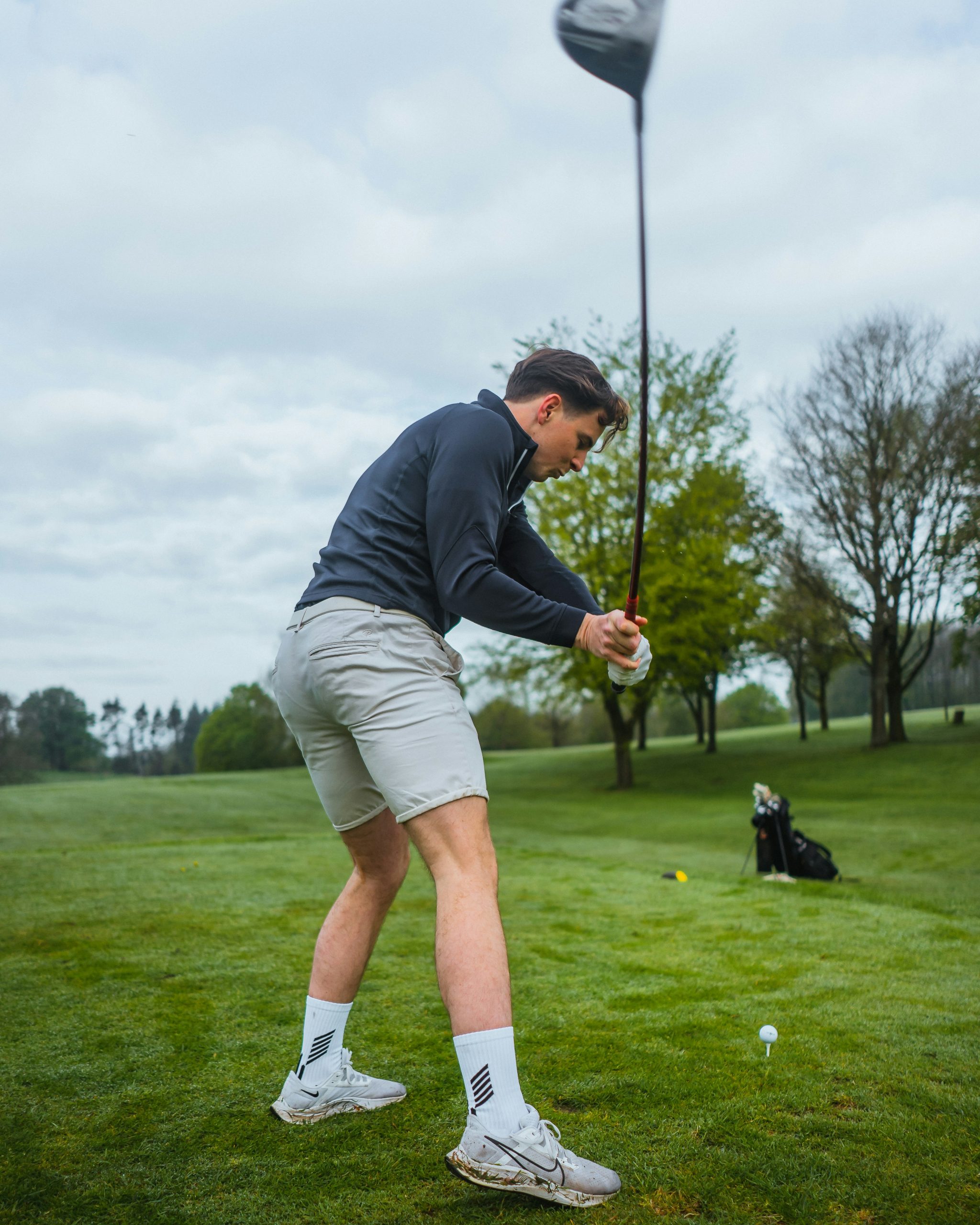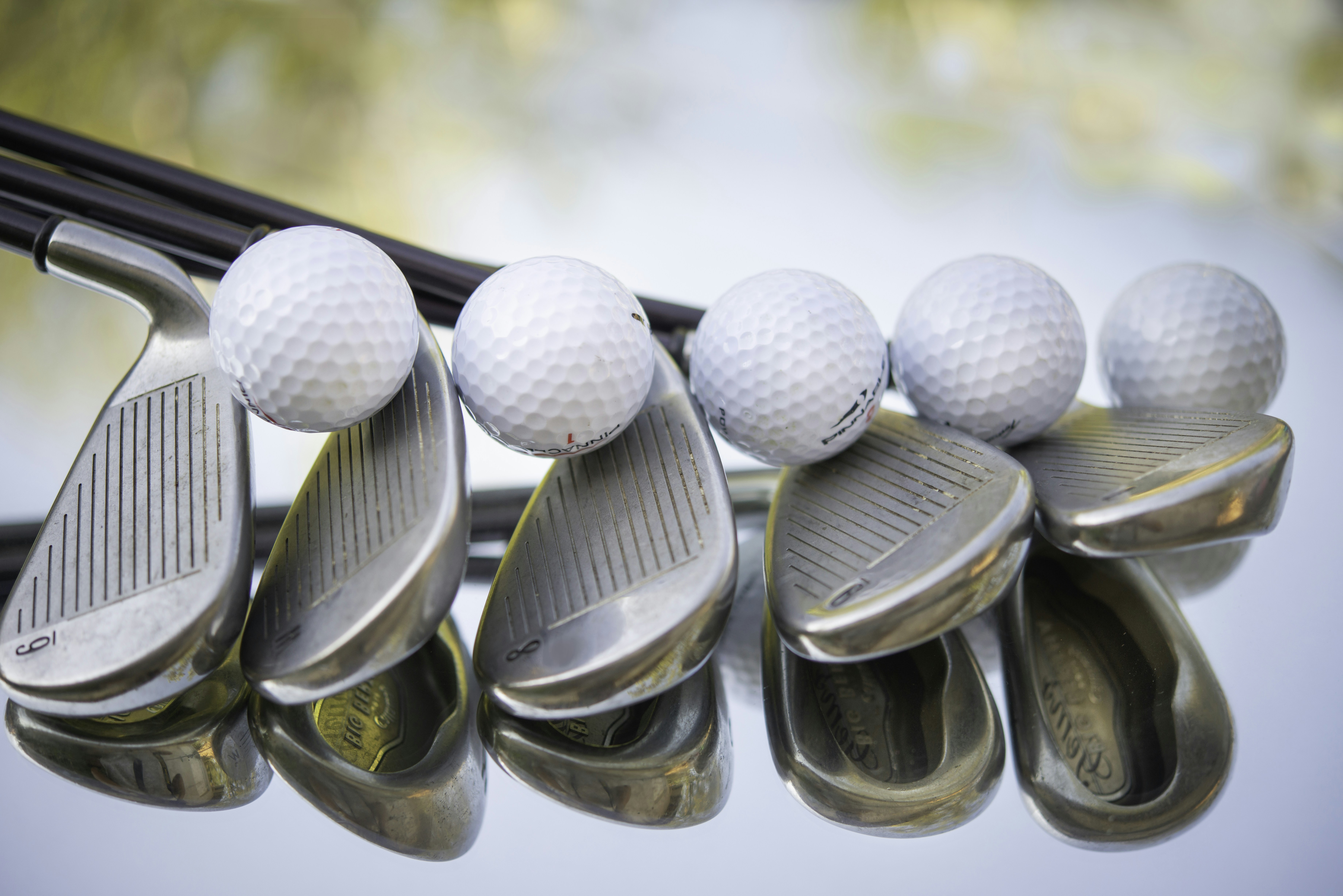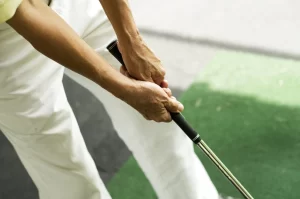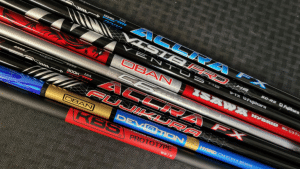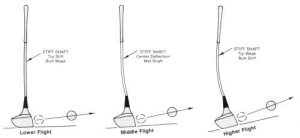Have you ever wondered which clubs should constitute a 14-club golf setup? It’s a question that many golfers, from novices to seasoned players, often ponder as they try to optimize their performance on the course. Selecting the right mix of clubs can significantly affect your game, allowing you to address various challenges on different holes and from varied lies. This guide will detail the essential clubs for a 14-club setup and help you make informed decisions based on your playing style and skill level.
Understanding the 14-Club Rule
In the world of golf, the 14-club rule is a fundamental regulation that ensures every golfer’s bag is competitively balanced. According to the United States Golf Association (USGA) and the Royal and Ancient Golf Club of St Andrews (R&A), a golfer can carry no more than 14 clubs during a round. This rule requires you to carefully consider and select clubs that provide the ideal combination of distance, accuracy, and versatility.
The rule was standardized in 1938 to level the playing field and prevent golfers from carrying nearly an unlimited number of clubs, which was common in the early 20th century. This limitation encourages strategic thinking, urging golfers to prioritize precision over quantity. With this understanding in mind, selecting the right 14 clubs requires a nuanced approach tailored to the individual golfer.
The Essential Clubs for Any Golfer
When assembling your 14-club setup, certain clubs are almost universally essential. These clubs typically provide the necessary foundation for navigating a golf course with efficiency and competence. Here, the focus is on key clubs that should form the backbone of your set.
The Driver
The driver is often considered one of the most important clubs in your bag. It is typically used for the opening shot on each hole, where distance is a top priority. With its larger head and lower loft, it is designed to maximize distance from the tee. When considering a driver, pay attention to factors like loft, head size, and shaft flexibility to find one that suits your swing speed and style.
Fairway Woods
Fairway woods, often carrying numbers such as 3, 5, and 7, are indispensable for long-distance shots from the fairway. They can be exceptionally useful on longer holes or on approaches that require a powerful shot when a direct line to the hole is available. Fairway woods offer versatility and can be crucial in situations where a driver’s distance is too much, yet a standard iron doesn’t quite measure up.
The Hybrid
Hybrids bridge the gap between fairway woods and irons, combining the characteristics of both to offer easier-to-hit options. Hybrids are often used in place of long irons (typically 3 and 4 irons), providing improved control from both fairways and rough. Many golfers find hybrids easier to manage, contributing positively to their consistency and accuracy.
Irons
A set of irons is possibly the most vital component in determining your versatility on the course, often covering numbers from 5 to 9. They enable precise control and can be used for a range of shots, varying from full swings to more nuanced approaches. Mid and short irons often have distinct characteristics—mid irons focus on accuracy and consistency, while short irons offer exceptional control for comfortable landing shots on greens.
Pitching Wedge
The pitching wedge is indispensable for short approach shots and is ideal for distances ranging from 100 to 125 yards. Known for its high loft, it’s instrumental in clearing obstacles such as trees or bunkers around the greens. The pitching wedge’s proficiency in achieving a high trajectory makes it an essential club for completing your set of irons.
The Putter
Arguably the most critical club in your bag, the putter is used for strokes played on and around the green. This is the club associated with the most number of strokes during a typical round, emphasizing its importance. Putters come in various shapes, styles, and sizes, which allow for personal preference and comfort in executing short but decisive shots.
Complementary Clubs for Improved Performance
In addition to the basic must-have clubs, certain complementary clubs can enhance your game significantly. These clubs are selected based on personal preferences, specific course challenges, or areas of your game that require additional support.
Additional Wedges
While a pitching wedge suffices for many players, the addition of gap, sand, or lob wedges can bring more finesse and control to your short game. These wedges typically offer an increased loft, enabling greater control over distance and trajectory. Sand wedges, in particular, are essential for navigating bunkers, while gap and lob wedges give you flexibility in tackling short approach shots with precision.
Utility or Driving Irons
While not every golfer will prefer these, utility or driving irons provide an excellent alternative to fairway woods or hybrids, especially under windy conditions. These irons are designed to deliver distance and accuracy, often proving effective for long tee shots or difficult approach shots where other clubs might lack precision.
Fairway and Hybrid Adjustments
Advanced golfers may choose various lofts and shaft flexibilities in their fairway woods and hybrids. By fine-tuning these aspects, golfers can delineate exact shot distances and trajectories to suit the majority of courses or specific holes. Adjustments allow a more tailored experience, accommodating differences in physical strength, swing style, and personal preferences.
Tailoring Your Setup to Your Skill Level
Your current skill level plays an enormous role in determining which clubs should fill your 14-club quota. Understanding your strengths, weaknesses, and aspirations helps in matching club composition with performance objectives.
Beginners
For beginners, simplicity is vital. Embrace a club setup emphasizing ease of use and confidence-building. Beginners benefit from cavity-back irons, which offer forgiving hitting surfaces. A forgiving driver with a larger sweet spot can help correct off-center strikes, whereas hybrids in place of longer irons provide ease of use.
| Beginner Club Recommendation | Description |
|---|---|
| Driver with larger sweet spot | Provides maximum forgiveness, helping to correct off-center strikes. |
| Cavity-back Irons | Offer larger hitting surfaces and forgiveness, enhancing ball striking confidence. |
| Hybrids over long irons | Simplifies long-game strategy with easier ball striking from a variety of lies. |
Intermediate Players
Intermediate players may focus on refining gaps between distances and honing areas of weakness. Consider more intricate club adjustments, such as fairway woods with varying lofts or extra wedges for precise chipping and pitching. Clubs leaning slightly more to players’ irons may improve shot-making versatility without sacrificing forgiveness.
| Intermediate Club Recommendation | Description |
|---|---|
| Adjustable fairways and hybrids | Encourage versatile distance management and pleasing trajectory height. |
| Additional wedges | Enhance short-game prowess with club variety tailored to your needed improvements. |
| Player irons | Facilitate optimized shot-making precision while maintaining some forgiveness in slightly off-center strikes. |
Advanced Golfers
Advanced players benefit from a highly specialized array of clubs tailored specifically to the nuances of their game. Blades or muscle-back irons often lend themselves well to experienced players confident in achieving pure contact. Specialized wedges provide excellent spin control and touch for varied course conditions.
| Advanced Club Recommendation | Description |
|---|---|
| Blades or muscle-back irons | Offer maximal shot control and workability for golfers skilled in pure contact. |
| High-spin wedges | Enhance short-game control with optimized spin rates on greenside shots. |
| Specialty utility irons | Serve as wind navigators or alternative drivers on tight courses requiring accuracy over distance. |
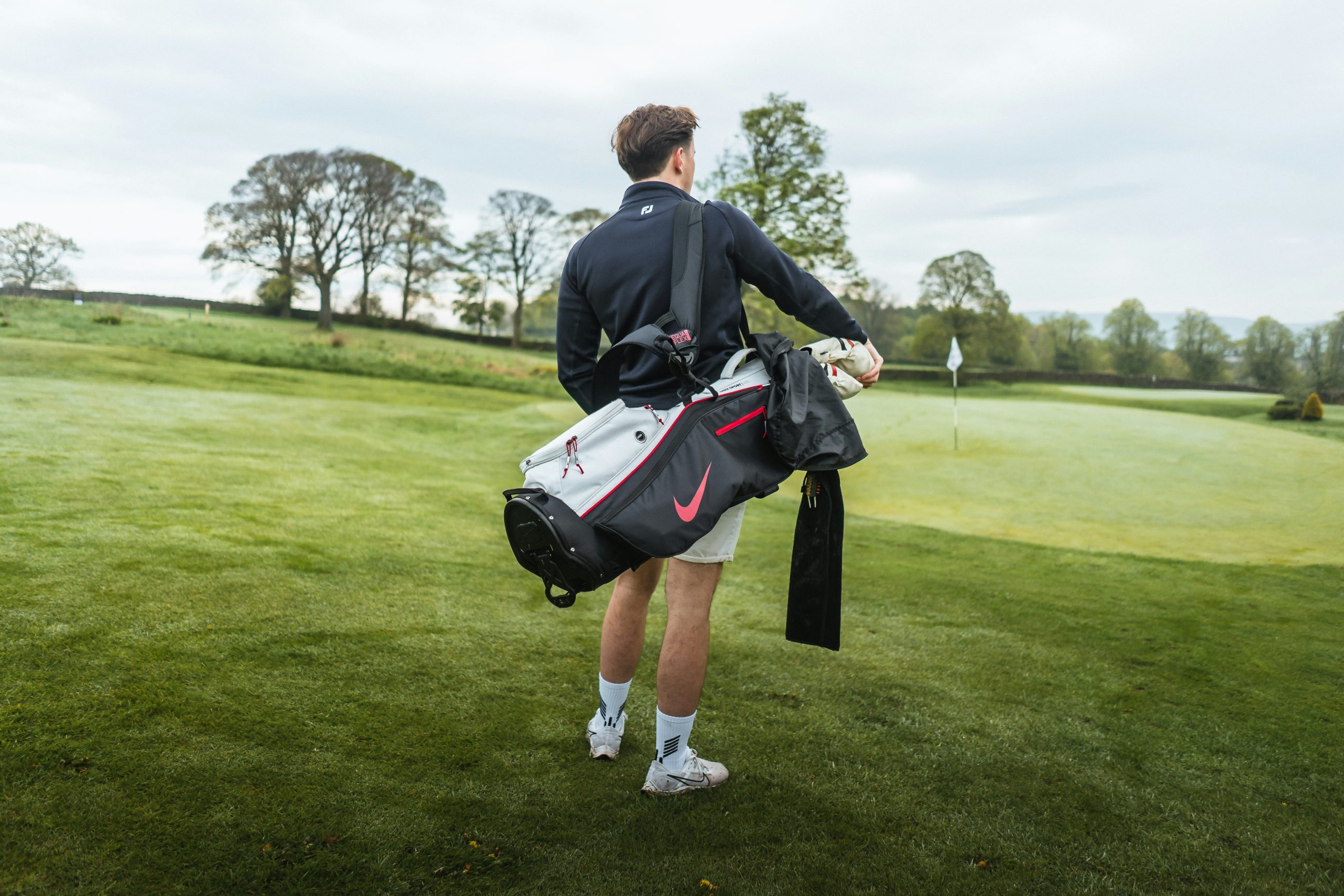
Factors Influencing Club Selection
Several factors influence the ideal combination of clubs in a golfer’s bag, beyond just skill level. These include course types, personal preferences, and physical attributes.
Course Conditions and Types
Your standard playing environment strongly influences which clubs you carry. Links courses might demand lower-lofted clubs for wind navigation, while parkland courses emphasize shot variety, requiring a balanced mix of woods, irons, and wedges.
Swing Speed and Physical Attributes
A golfer’s swing speed often determines club flexibility, with slower speeds benefiting from more flexible shafts and vice versa. Additionally, the golfer’s height may affect the length and lie angle of clubs to promote optimal posture and swing mechanics.
Personal Preference
Lastly, do not underestimate the importance of personal preference when forming your club setup. Comfort and confidence in a club, regardless of how unconventional it might be, can lead to improved performance on the course. Custom fitting, which tailors club specifications to your unique physical and stylistic demands, often results in meaningful swings to individual playing potential.
Conclusion
Choosing the right combination of clubs for a 14-club setup is an instrumental process that reflects both technical insight and personal preference. By understanding the function and specialized roles of different clubs, you will be better equipped to make informed choices. These choices should align with your skill level, playing style, and the typical courses you frequent. Armed with this understanding, your optimized club selection will support and enhance your enjoyment and performance on the golf course.
